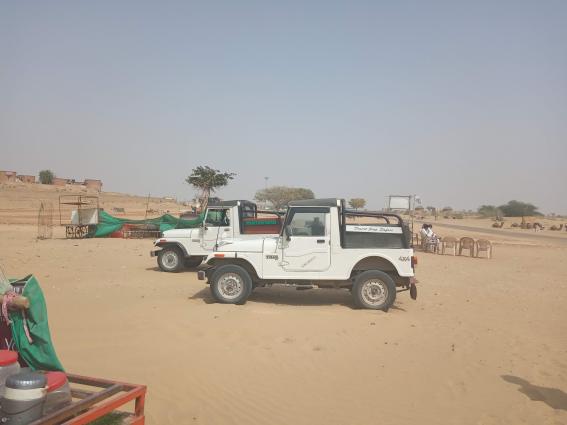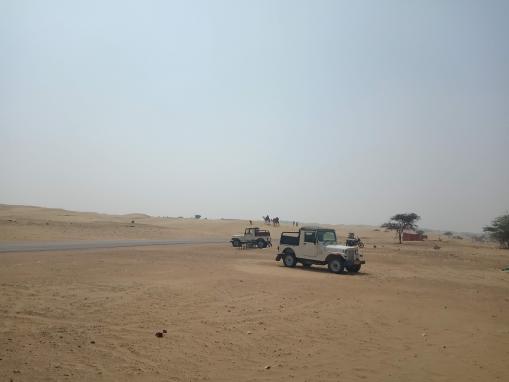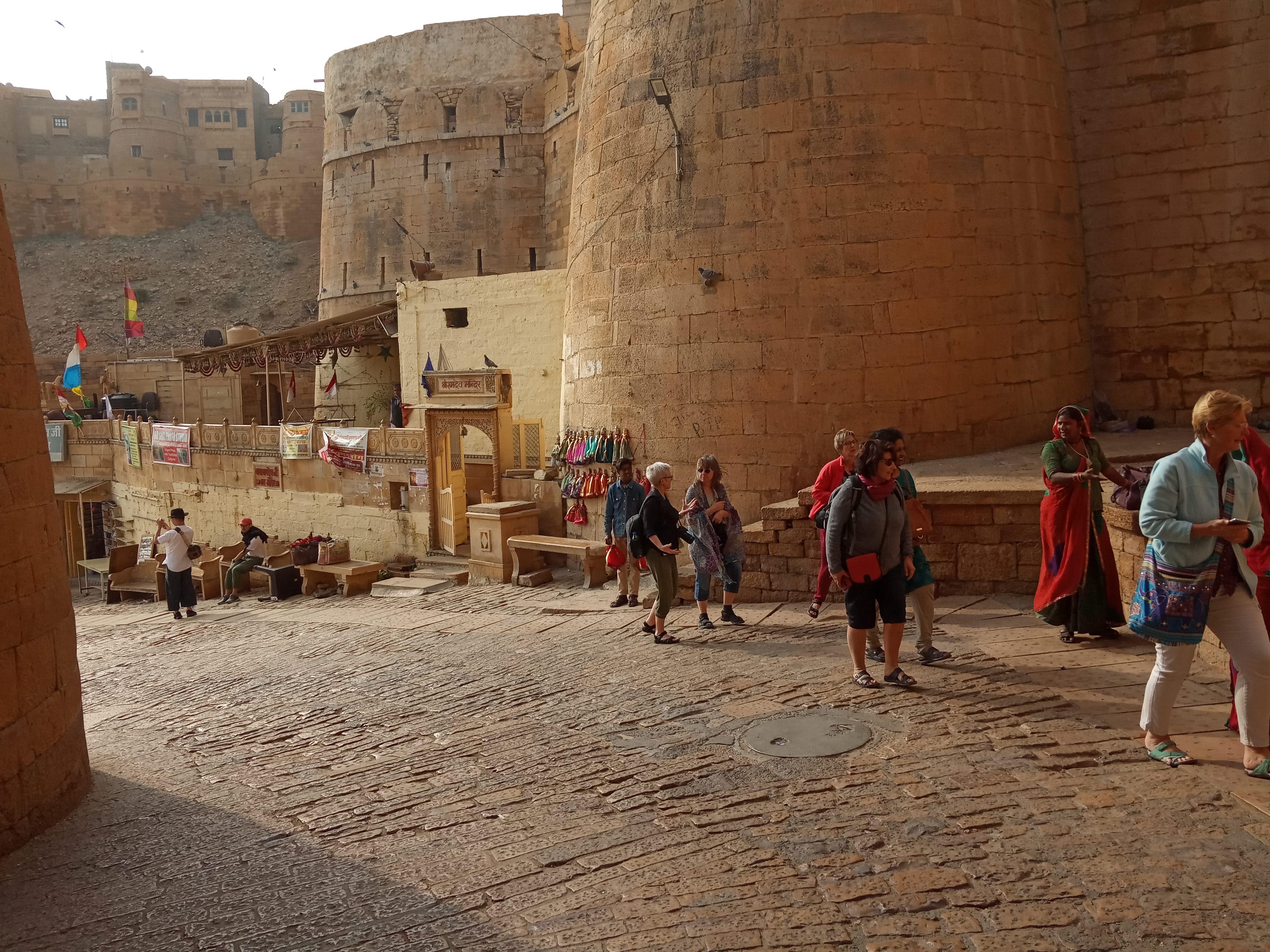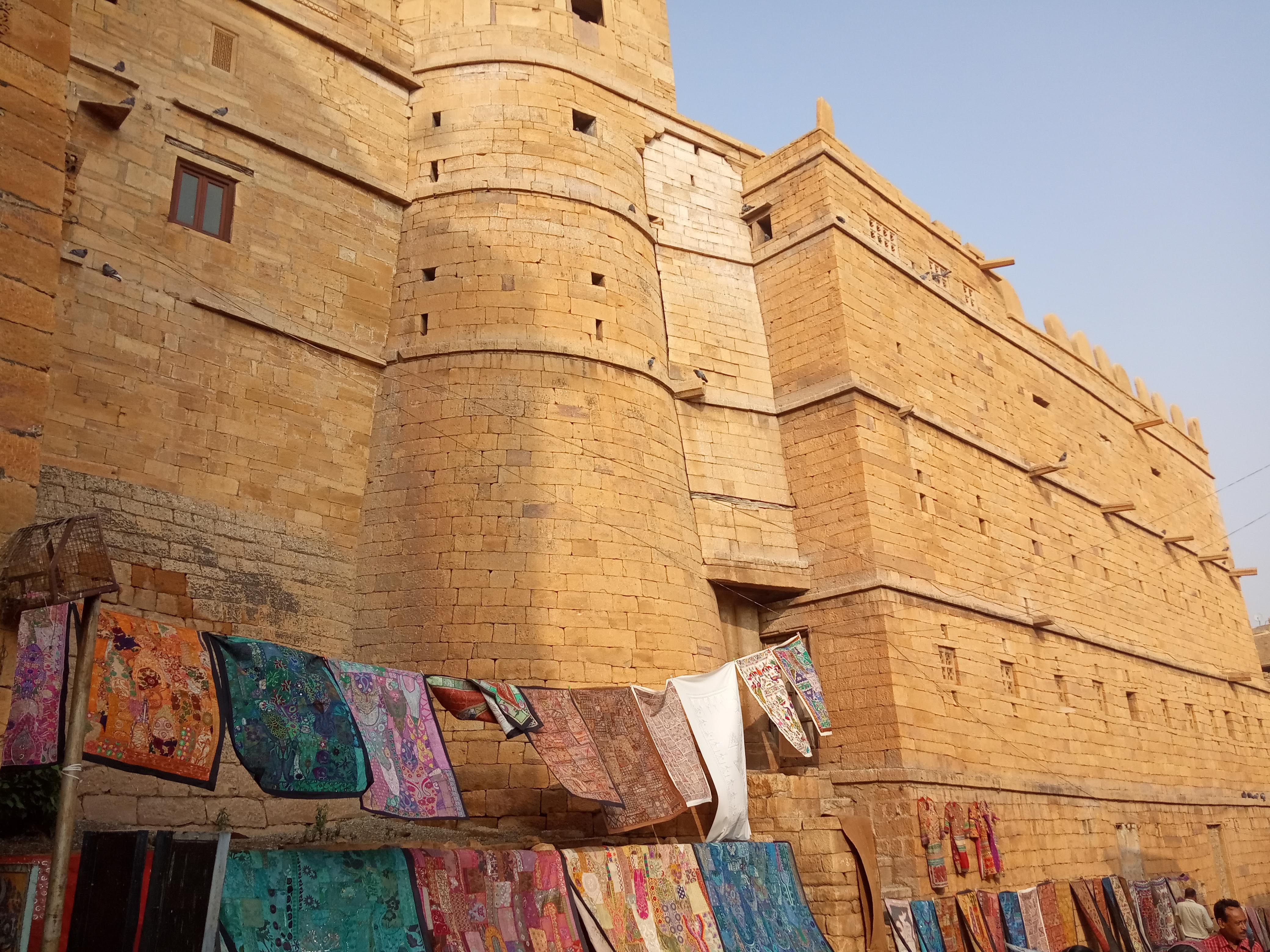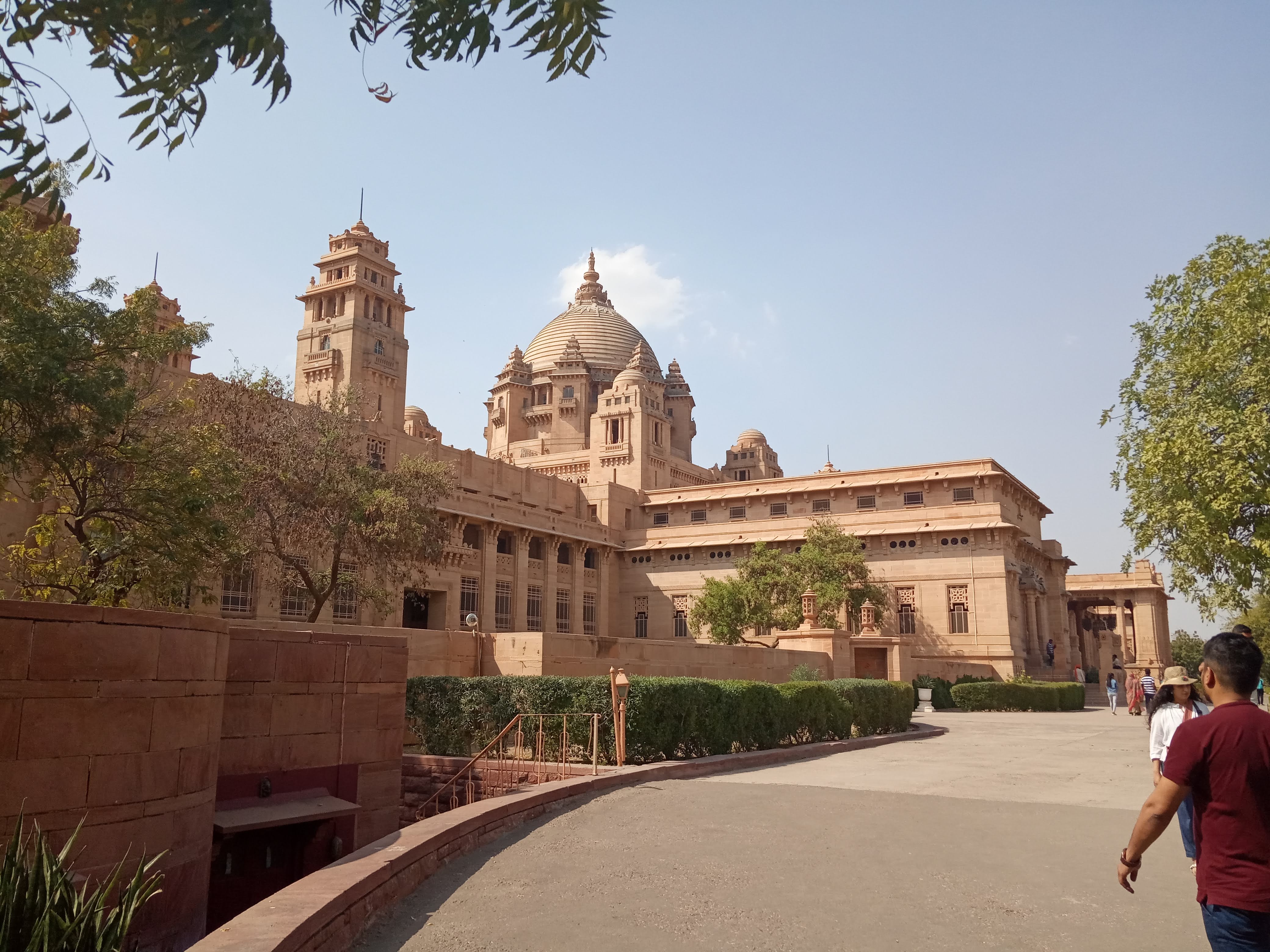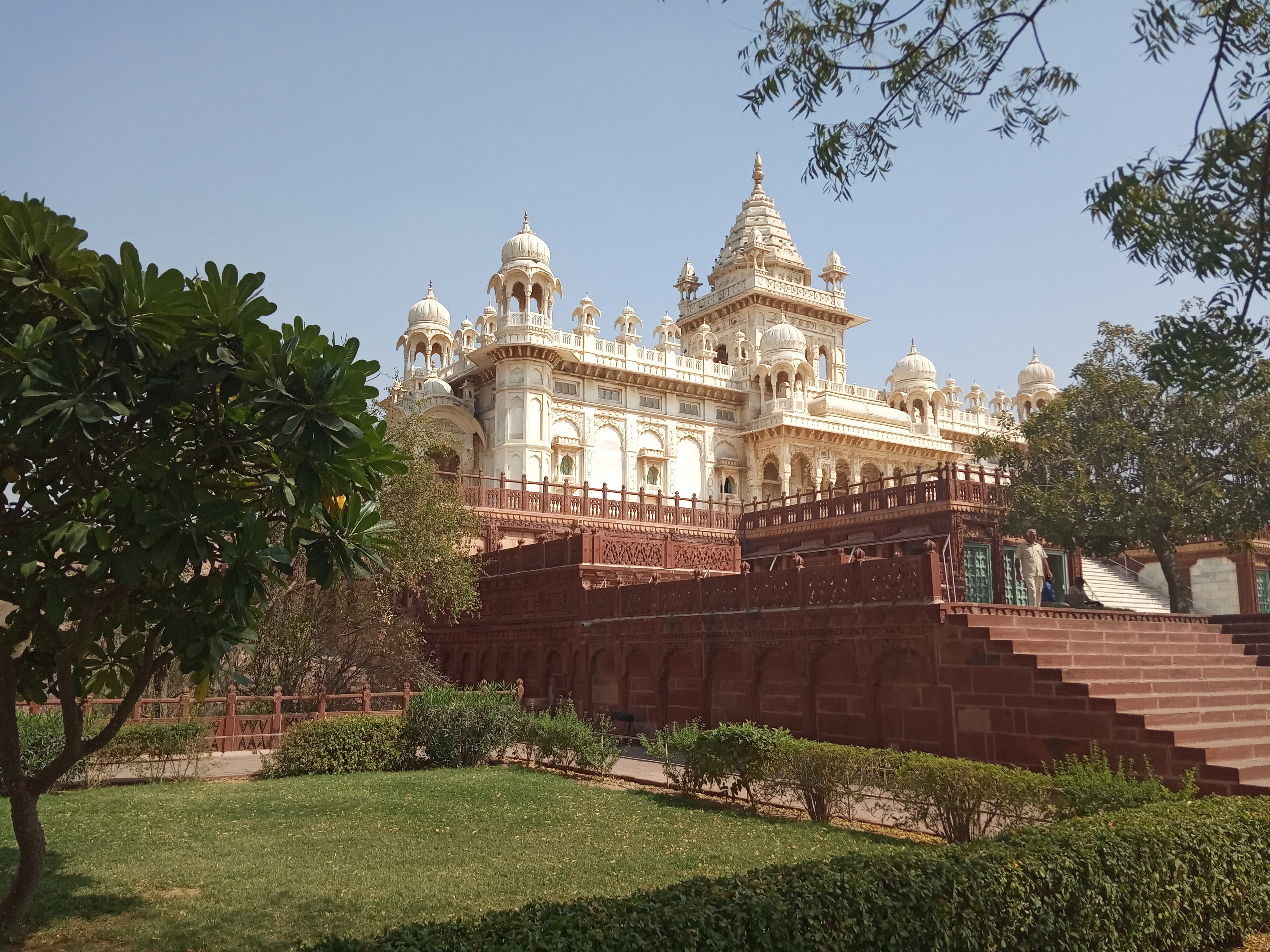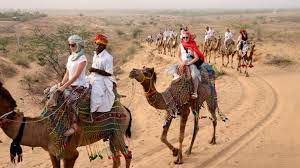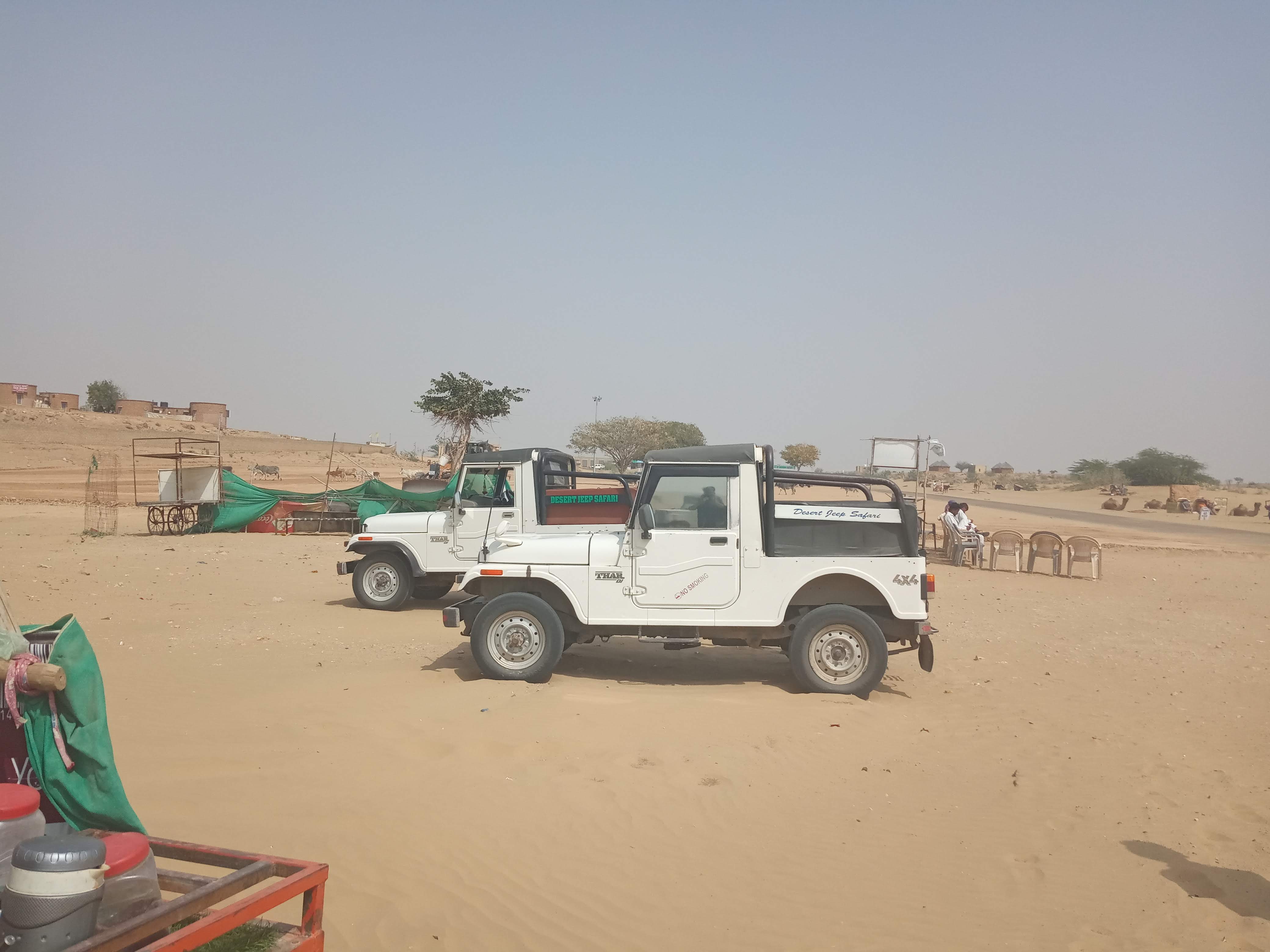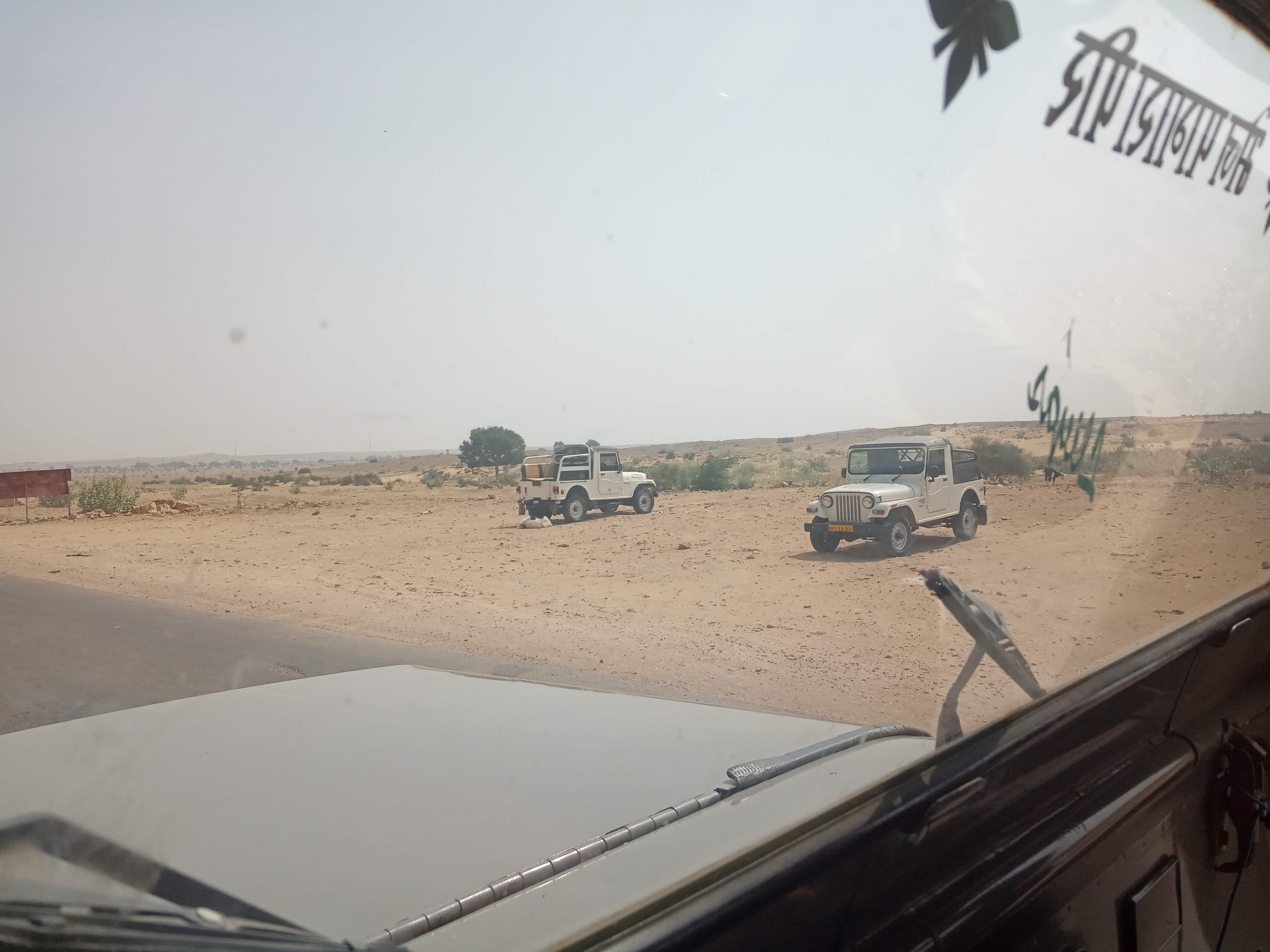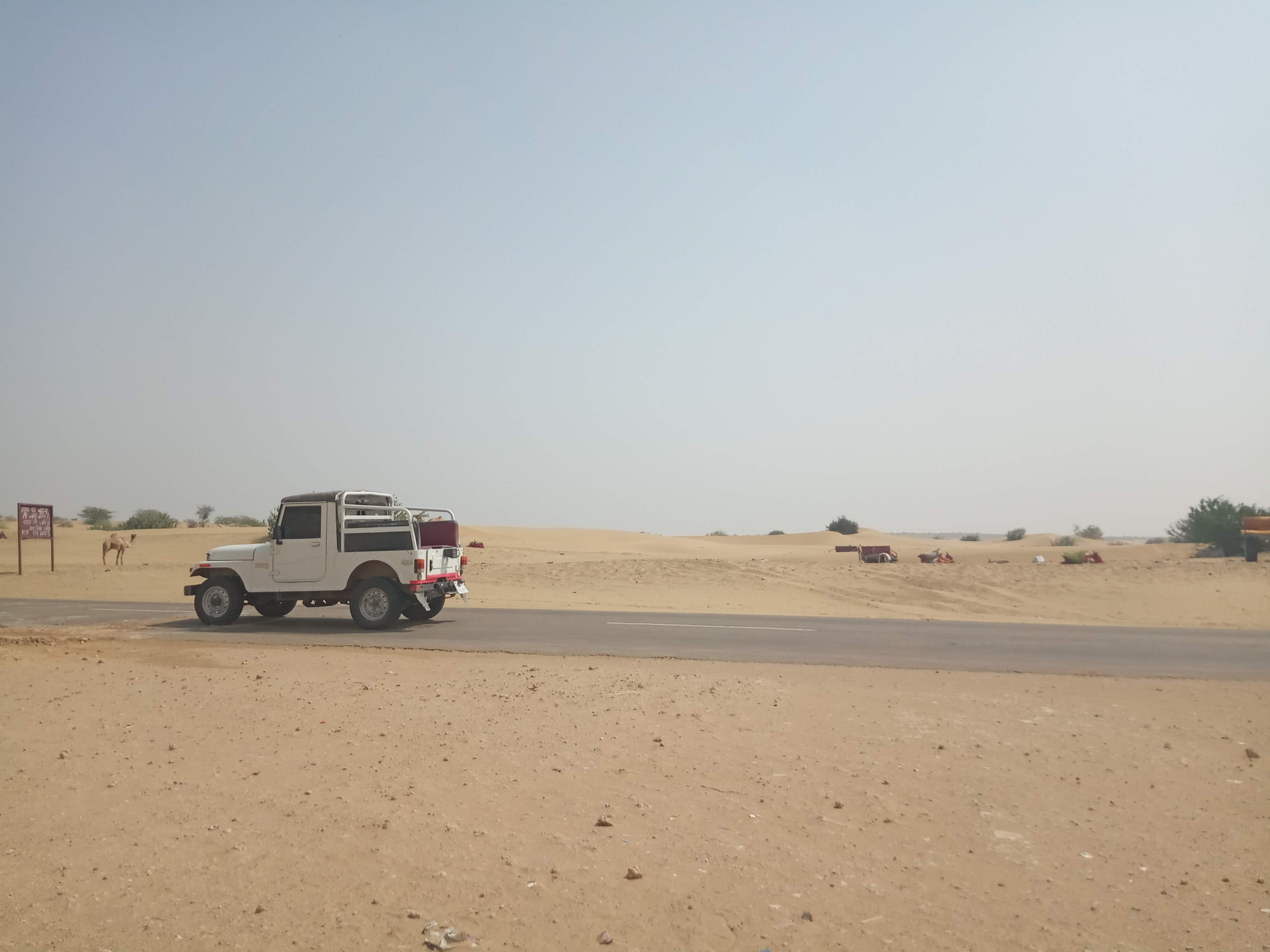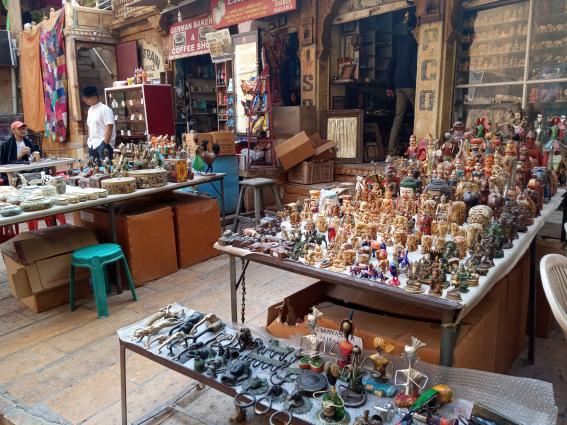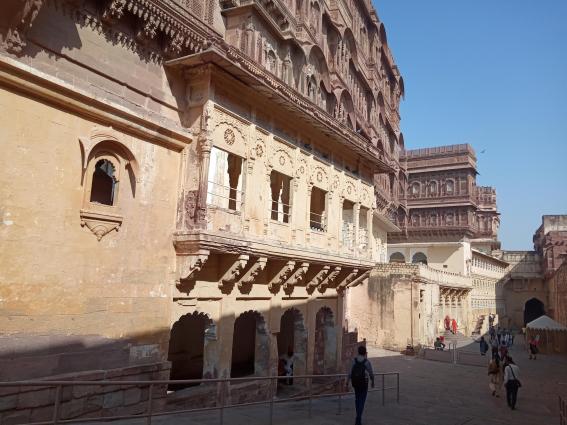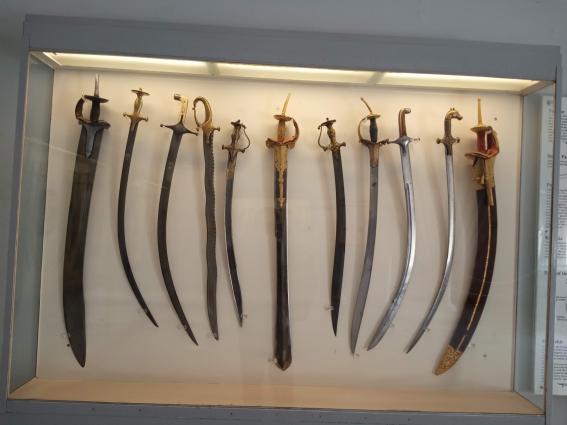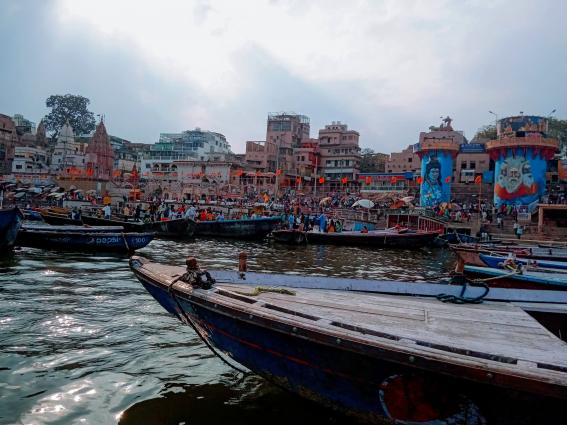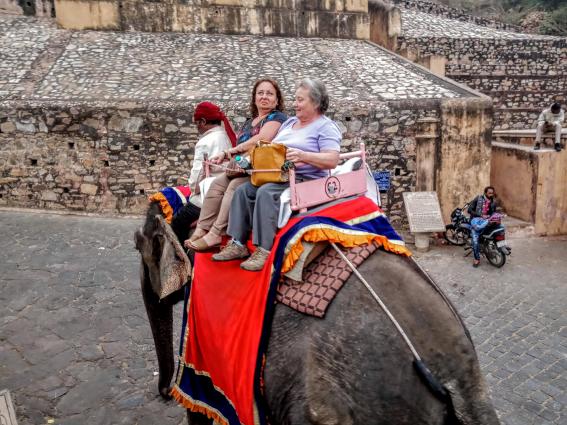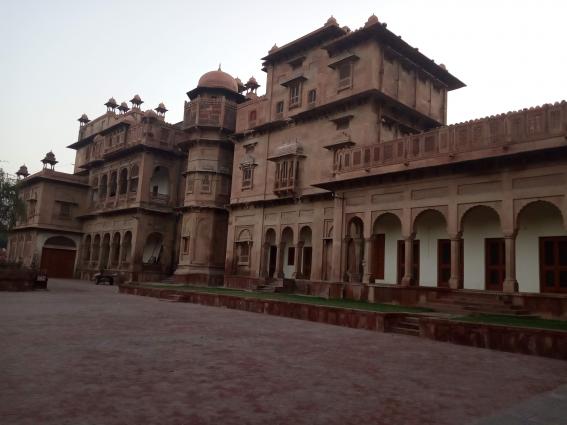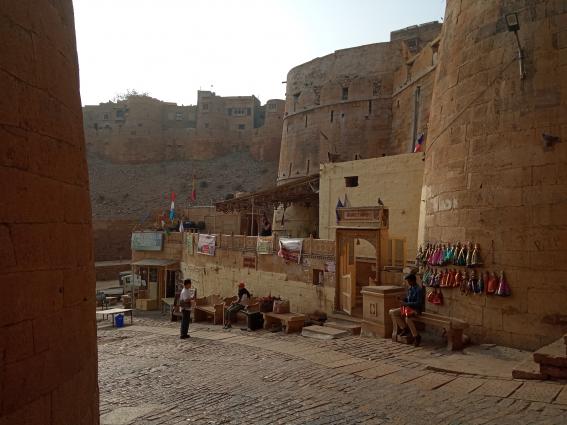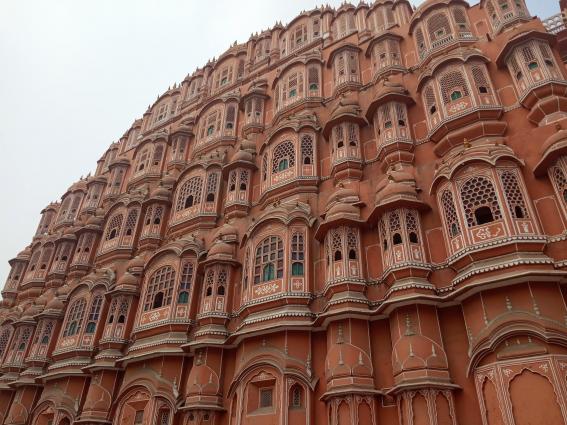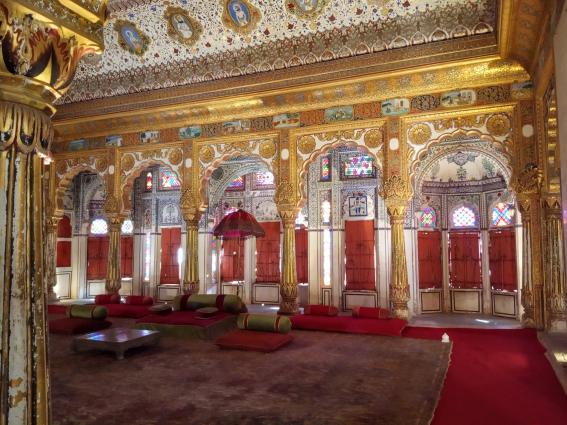After Breakfast, we head towards
Jaisalmer.
This is an old medieval trade center and a princely state in Rajasthan's western Indian province, at the heart of the Thar Desert. Known as the "Golden Spot," its yellow sandstone construction makes it stand out. Jaisalmer Fort, a massive hilltop citadel with 99 bastions, dominates the skyline. The ornate Maharaja's Palace stands behind its massive walls and intricately carved Jain temples.
Now we make our way to the Fort.
Jaisalmer Fort is one of the very few "living forts" in the world, as almost one-fourth of the population of the old city still resides within the Fort. The Fort was the city of Jaisalmer for the better part of its 800-year existence. The first settlements outside the fort walls, to accommodate the population of Jaisalmer, are said to have appeared in the 17th century. Jaisalmer's Fort was built in 1156, when Rajput Rawal, the second most ancient Fort in Rajasthan.
The massive yellow-yarned sandstone wall of the Fort was tawny, lion, during the day, fading to honey-gold as the sun fell, and thus camouflaged the fortress in the yellow Desert. It's also named the Sonar Quila or the Golden Building.
The next stop is Bada Bagh. Bada Bagh, meaning big garden, features a collection of royal cenotaphs or Jaisalmer Maharajas chhatris, including that of Jai Singh II.
In the 16th century, his son, Lankaran, built the region's first cenotaph for Jai Singh II. Jai Singh II was well known for his contribution to greening the area. And his son set up a monument in the form of a cenotaph near the dam to honor him and built a large park around it. The garden's location is such that it gives visitors spectacular sunset views Tourists will visit the forest, lake, and dam when they are on a trip to Bada Bagh. Jait Bandh, the dam controls the area.
Now we move on to Salim Singh ki Haveli founder Salim Singh, the Kingdom's prime minister when Jaisalmer was the capital, in 1815. This building is renowned for its signature architecture, as it consists of 38 gracefully carved balconies.
Dancing peacock inspired the architecture of this house. The Haveli is so amazing, one of the most ambitious constructions of its period, that it even invited the ruler's envy during its era. After all the stable structures, it is time to visit something liquid.
Talon ki Pol lies at the entrance to Gadsisar Dam. This beautiful arched doorway of yellow sandstone and the windows and chhatris carry elegant curvature. It also has a temple adjacent to the pool devoted to Lord Krishna.
There are chhatris, ghats, and temples bordering on Lake Gadisar, making it ideal for dramatic photography of the landscape. Boating on Lake Gadisar is a delightful activity to do. You should feed the catfish in the lake's waters too. Wading birds and migratory birds are on the rivers.
We retire to our hotel, knowing very well that this is our last night, in this beautiful place. And we sleep with a dream.
